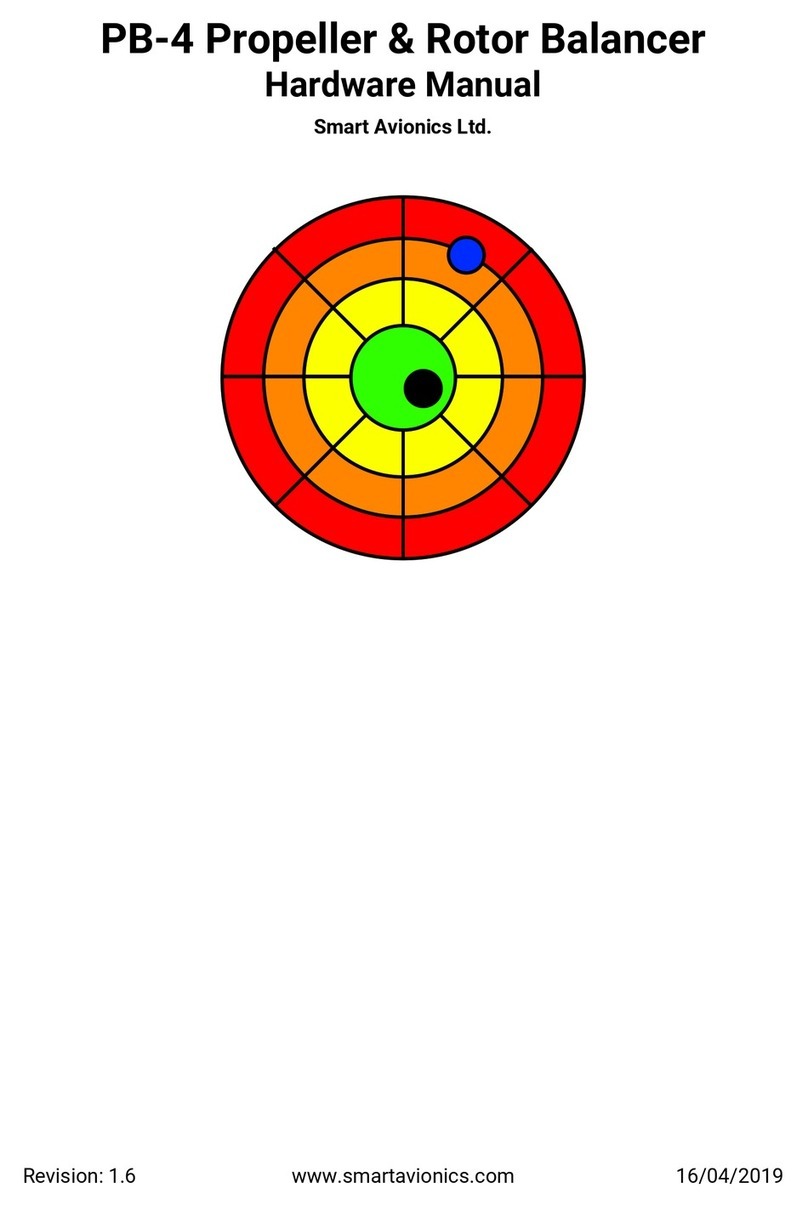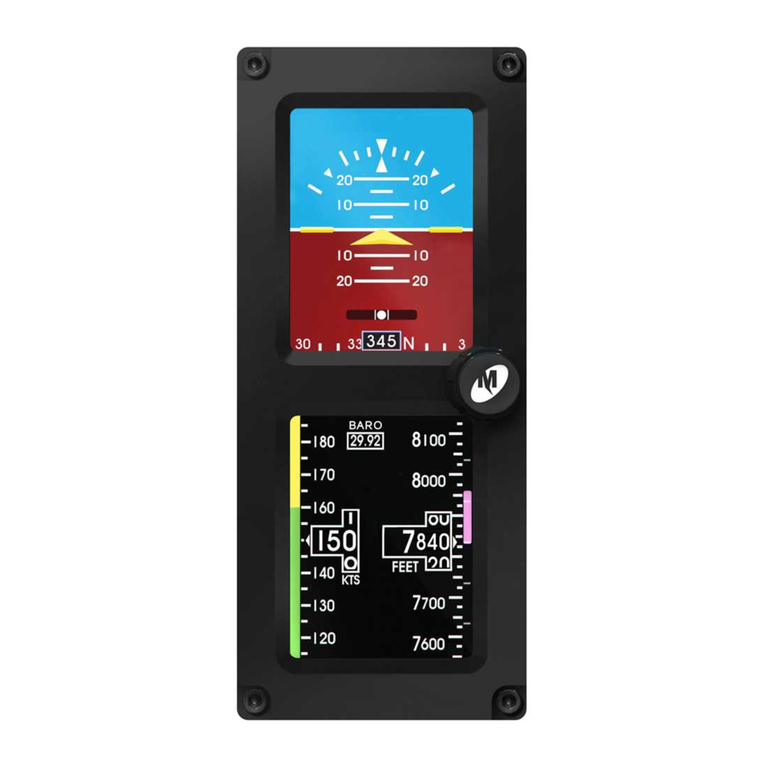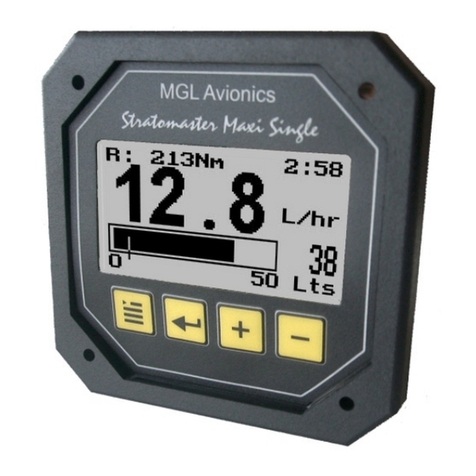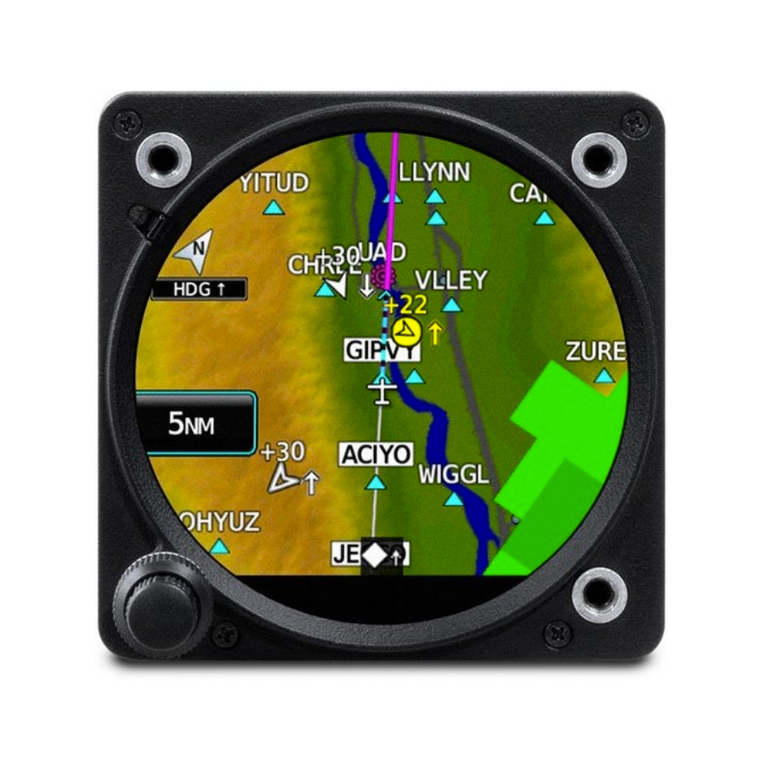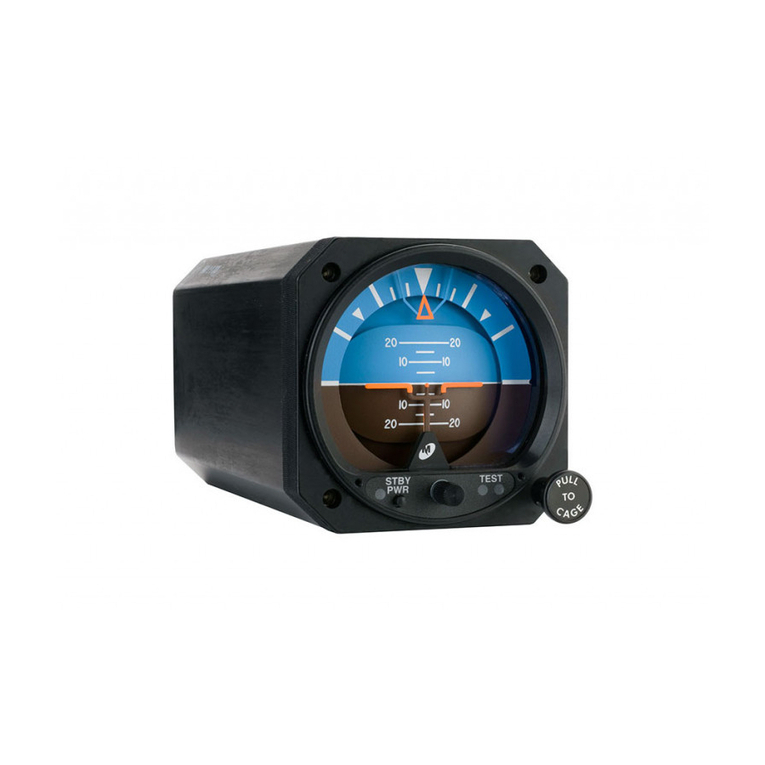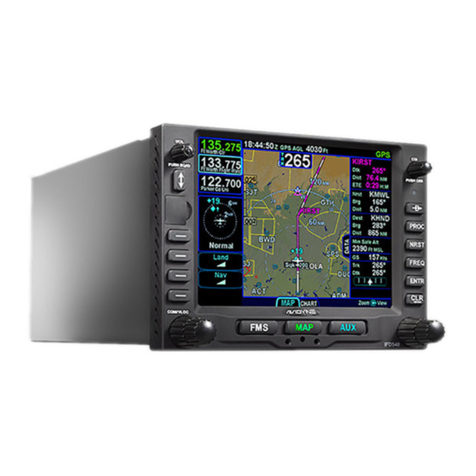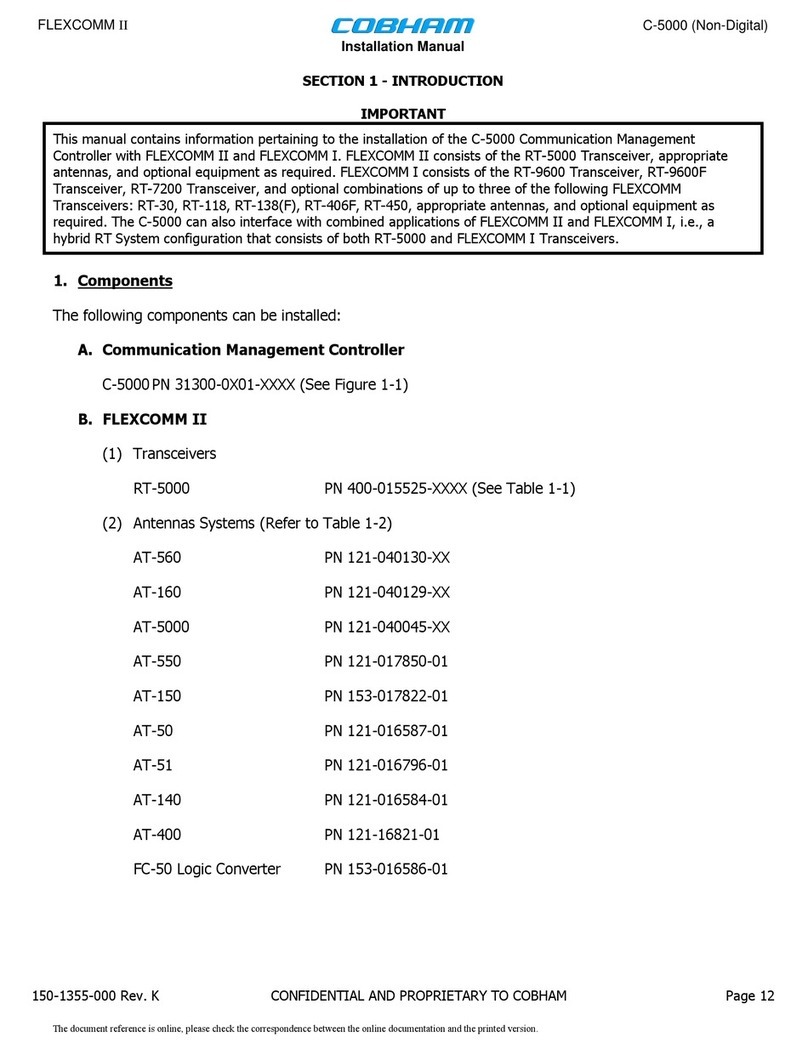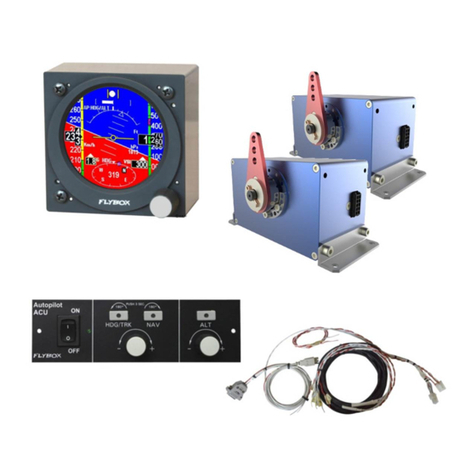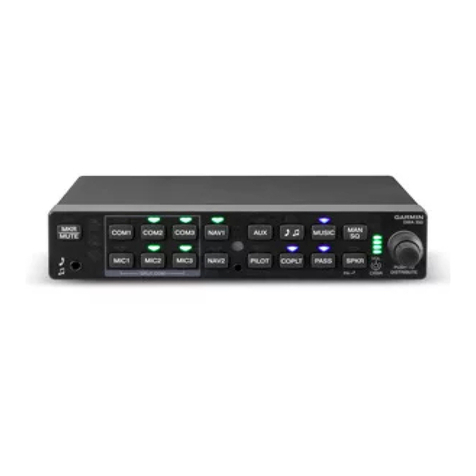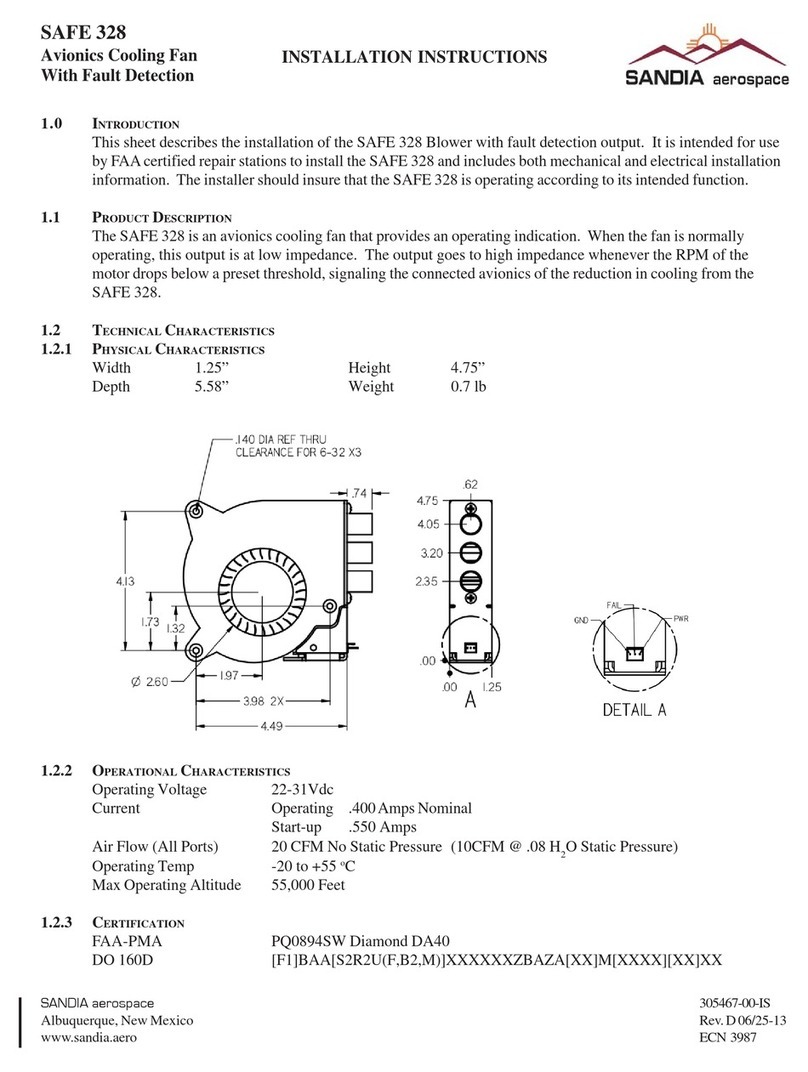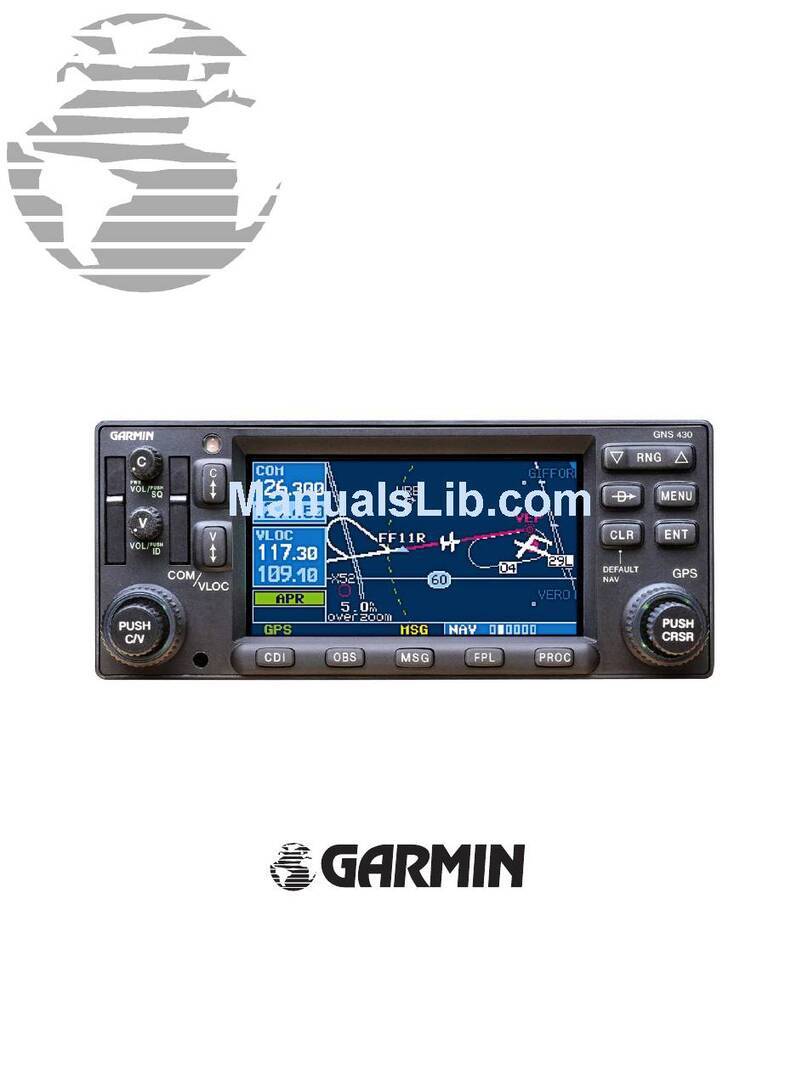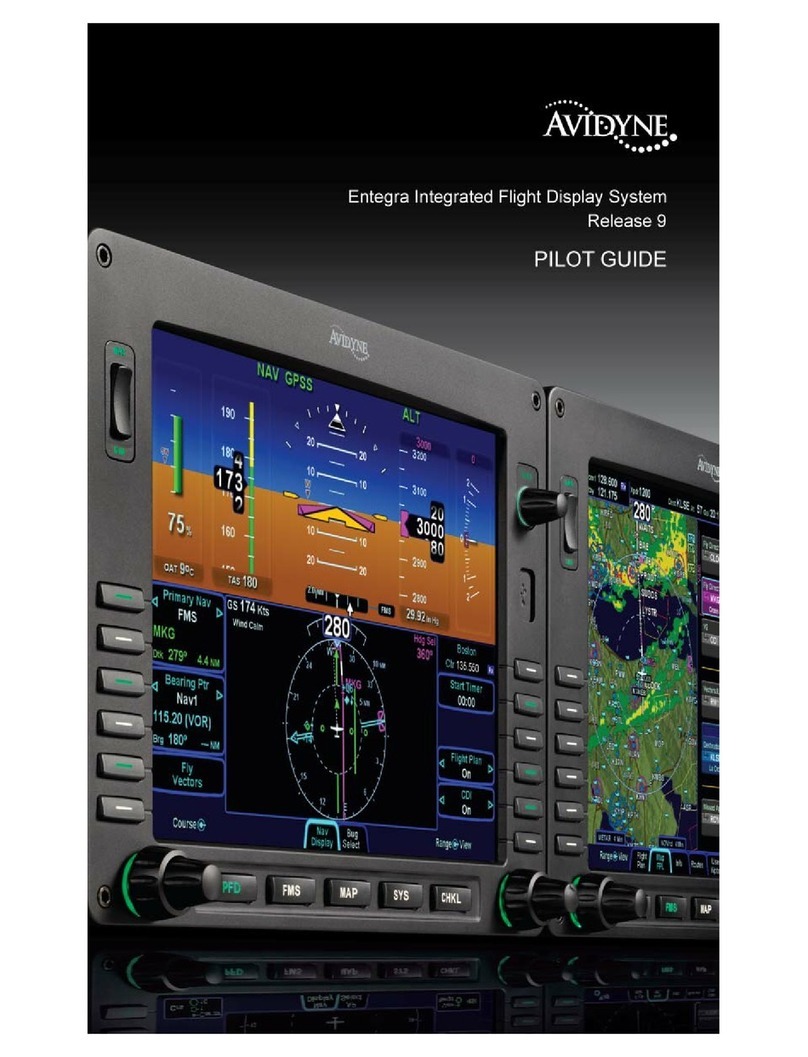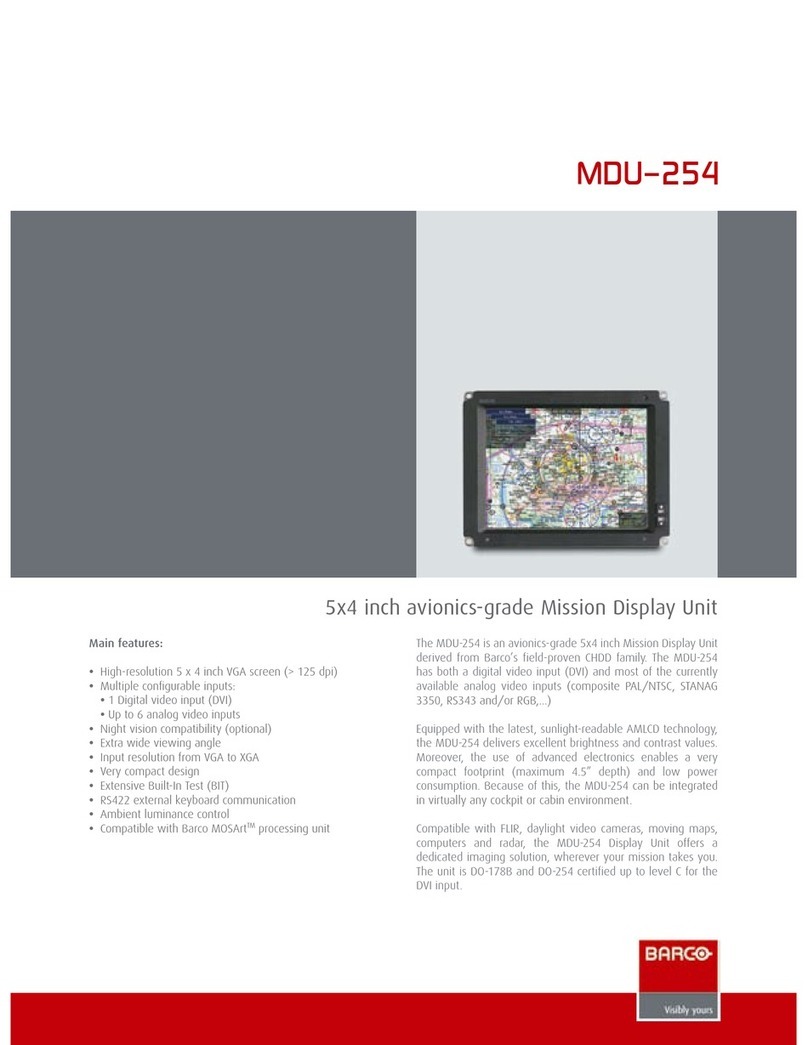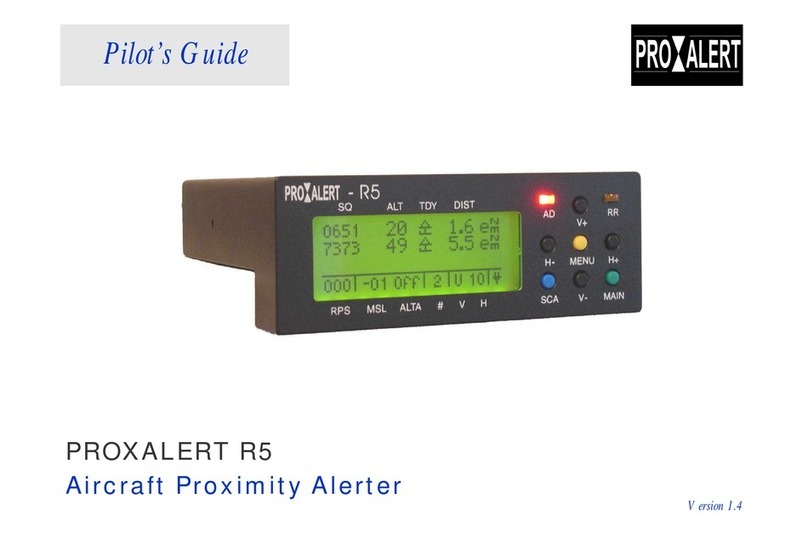
3rd Ed. Feb 15, 07 vii
S–TEC
2–20 AP Display, HI TRK Mode Engaged (System Twenty)...........................2–21
2–21 AP Display, ST Mode Engaged (System Thirty).......................................2–27
2–22 AP Display, HD Mode Engaged (System Thirty)......................................2–27
2–23 AP Display, LO TRK Mode Engaged (System Thirty)..............................2–29
2–24 AP Display, LO TRK Mode Engaged (System Thirty)..............................2–29
2–25 AP Display, HI TRK and ALT HOLD Modes Engaged (System Thirty)........2–31
2–26 AP Display, HI TRK and ALT HOLD ModeS Engaged, TRIM UP Required (System Thirty).....2–32
2–27 AP Display, HI TRK and ALT HOLD ModeS Engaged, TRIM DN Required (System Thirty).....2–32
2–28 ALT HOLD ON/OFF Switch Display, ALT HOLD Mode Engaged (System Thirty ALT).......2–36
2–29 ALT HOLD ON/OFF Switch Display, ALT HOLD Mode Engaged, TRIM UP Required (System Thirty ALT).....2–36
2–30 ALT HOLD ON/OFF Switch Display, ALT HOLD Mode Engaged, TRIM DN Required (System Thirty ALT).....2–36
3–1 AP Display, ST Mode Engaged....................................................................3–3
3–2 AP Display, HD Mode Engaged...................................................................3–4
3–3 AP Display, LO TRK Mode Engaged...........................................................3–5
3–4 AP Display, HITRK Mode Engaged............................................................3–6
3–5 AP Display, ST and ALT HOLD Modes Engaged (System Thirty)............3–7
3–6 ALT HOLD ON/OFF Switch Display, ALT HOLD Mode Engaged (System Thirty ALT)............3–8
3–7 AP Display, Manual Trim Prompts (System Thirty)...................................3–9
3–8 AP Display, Manual Trim Prompts (System Thirty ALT)..........................3–10
3–9 Straight-In LOCApproach (DG)..................................................................3–12
3–10 Straight-In LOC Approach (HSI)..................................................................3–13
3–11 Straight-In VOR Approach (DG)..................................................................3–14
3–12 Straight-In VOR Approach (HSI)..................................................................3–15
3–13 LOC Approach with Procedure Turn (DG)................................................3–17
